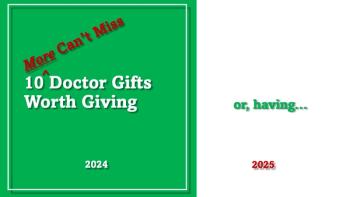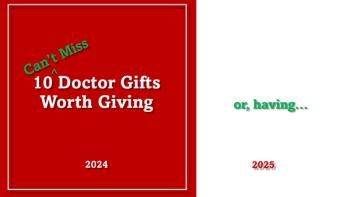
2009 Closes Decade Unique to Annals of Investing
If there can be one financial lesson drawn from 2009, it is to maintain a well-diversified portfolio with different asset classes with low correlations to one another. This ensures you are not dependent on any single asset class to achieve your investment goals.
The end of December marked not only the close of a challenging year, but the close of a decade unique in the annals of investing. For the first time since the inception of the S&P 500 in 1926, the index posted its first negative decade ever from 2000 to 2009, with a return of -1 percent. I note this not to pronounce the demise of US stocks as a long-term investment, but rather to underscore two important tenants of successful wealth management: perspective and diversification.
In a
The article went on to note that the S&P 500 was far from the worst investment choice over the past decade. The Nasdaq Composite Index and Japan’s Nikkei index were both down 44 percent. On the flip side, Hong Kong’s Jang Seng Index was up 58 percent and the United Kingdom’s FTSE index was up over 3 percent.
Investment vehicles other than stocks also performed well since 2000. For example, the price of crude oil tripled and gold nearly quadrupled. The lesson here is to maintain a well-diversified portfolio with different asset classes with low correlations to one another. This ensures you are not dependent on any single asset class to achieve your investment goals.
Remember that successful investing in 2010, and every year, is not about finding the hot stock, the hot fund or the hot sector. Nor is it about trying to time when to get in or out of the market. Instead, it is about developing an asset allocation strategy that meets your risk tolerance, time horizon and individual goals.
Regardless of how the market moves over the next quarter or the next year, you should continue to focus on the things you can control to ensure the optimal growth of your wealth. That means making adjustments to your strategy when appropriate, rebalancing when necessary, investing in proven investment products with low expenses and strategically locating your assets in the most tax-efficient manner.
Newsletter
Stay informed and empowered with Medical Economics enewsletter, delivering expert insights, financial strategies, practice management tips and technology trends — tailored for today’s physicians.








